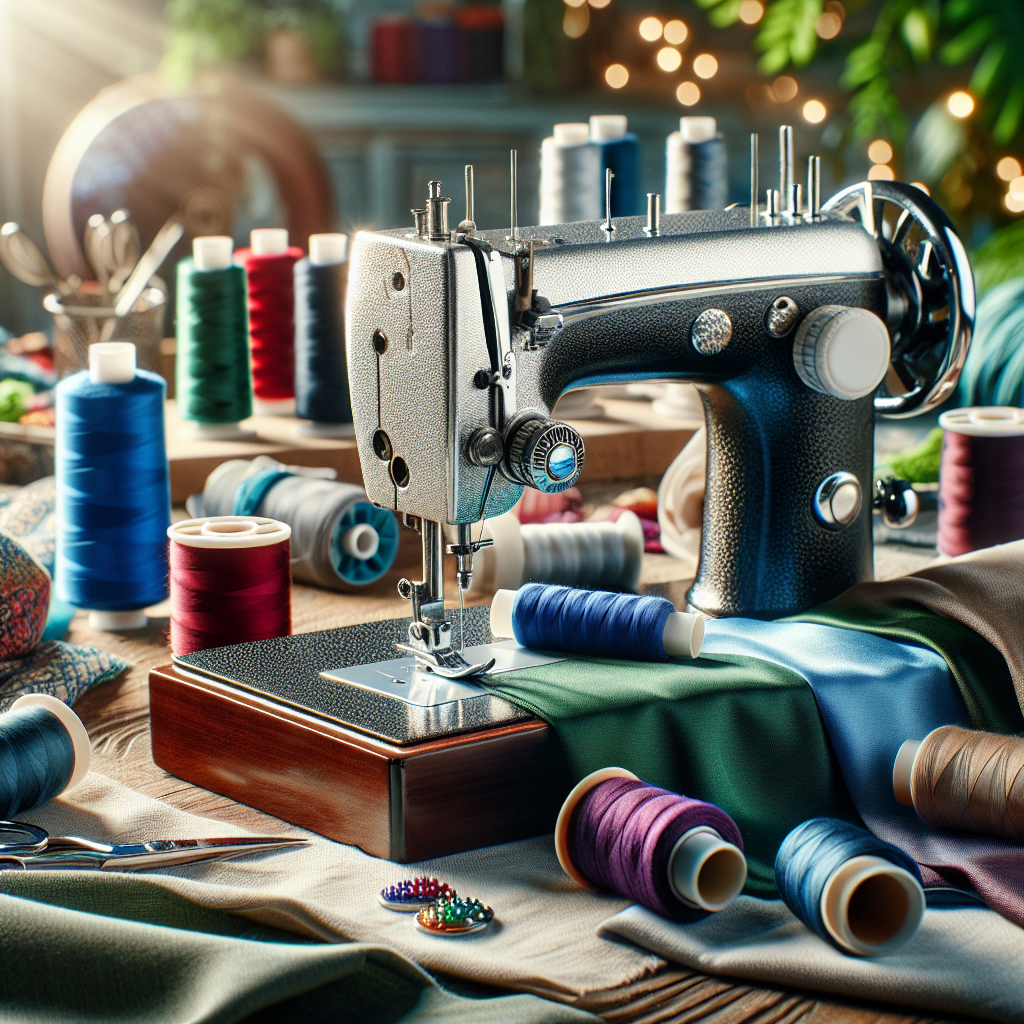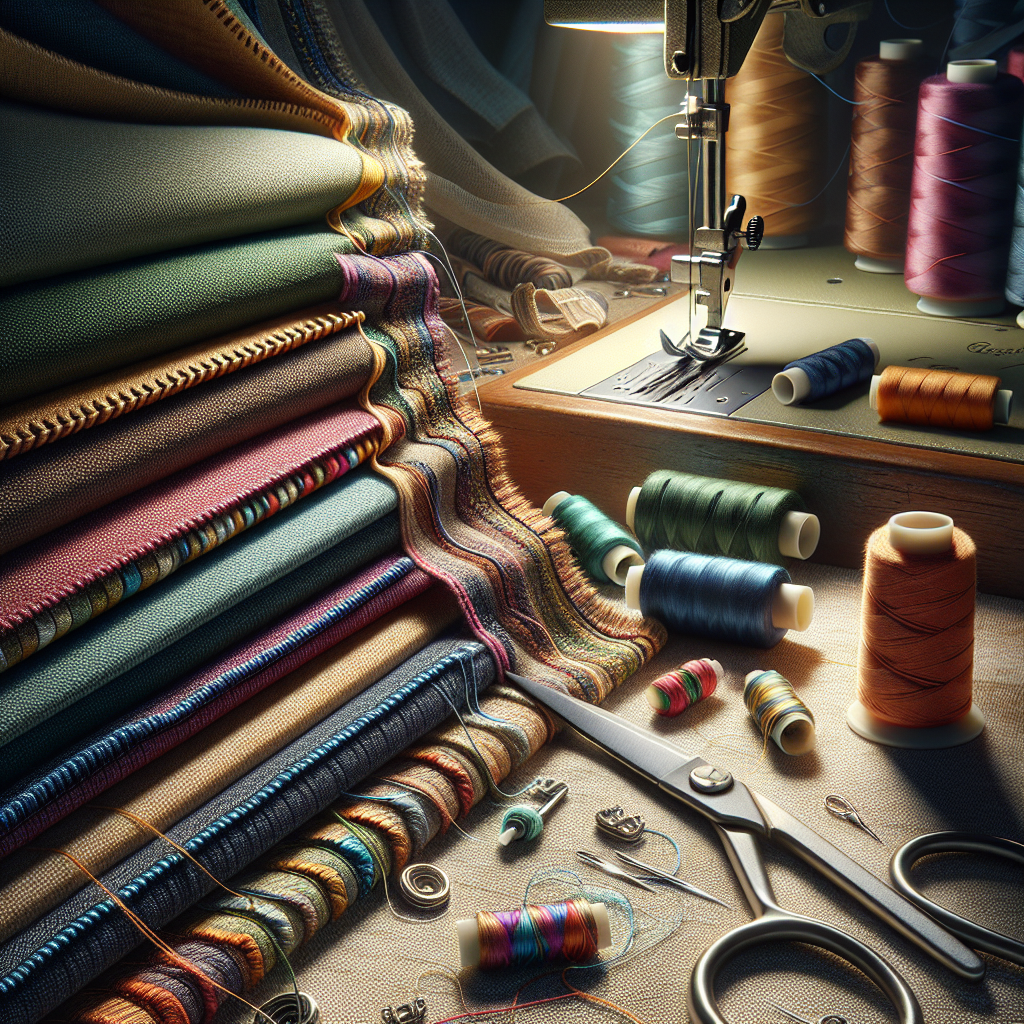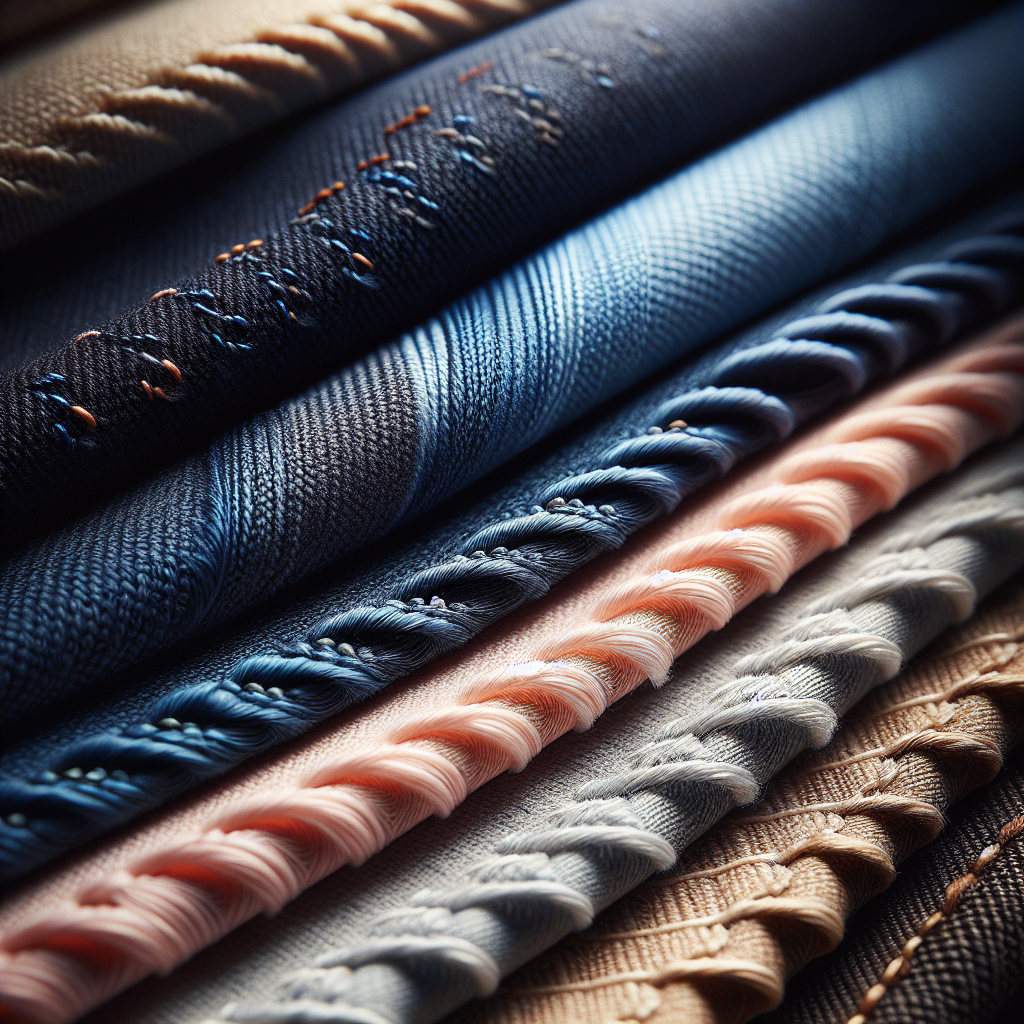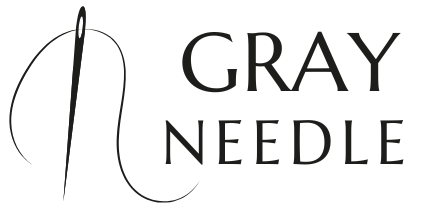Sewing edges without fray is a crucial aspect of any sewing project, whether you’re a beginner or a seasoned pro. When fabric edges are left unfinished, they can unravel, leading to a messy look and potentially ruining your hard work. This not only affects the aesthetic appeal of your creations but also impacts their durability.
Unfinished edges can fray over time, especially with frequent washing and wearing. To prevent this, employing techniques that secure the edges is essential. Here are a few reasons why understanding these methods is vital:
- Enhances Longevity: Properly finished edges help your garments and projects withstand wear and tear, ensuring they last longer.
- Improves Professional Appearance: Finishing edges neatly gives your projects a polished and professional look, making them more enjoyable to wear or display.
- Reduces Maintenance: By preventing fraying, you minimize the need for repairs or alterations down the line, saving time and frustration.
By mastering the art of sewing edges without fray, you not only protect your investment in materials but also elevate your sewing skills. Visit our website to learn more and get started today! Click here.
Common Methods for Preventing Fabric Fraying
Preventing fabric fraying is essential for achieving a clean finish on your sewing projects. Several effective methods can be employed to keep edges from unraveling, ensuring your creations maintain their beauty and functionality over time. Here are some of the most common techniques:
- Using a Serger: A serger machine is one of the best tools for preventing fraying. It trims the fabric while simultaneously overlocking the edges, creating a secure finish that is both durable and neat.
- Applying Zigzag Stitches: If you don’t have a serger, a simple zigzag stitch on your sewing machine can do wonders. This stitch creates a barrier along the edge of the fabric, preventing it from unraveling.
- Bias Tape Binding: For a more decorative finish, you can use bias tape to encase the raw edges. This method not only prevents fraying but also adds a pop of color or contrast to your project.
- French Seams: This technique involves enclosing the raw edges within the seam itself, providing a clean finish ideal for lightweight fabrics that are prone to fraying.
- Pinked Edges: Using pinking shears to cut the fabric edges creates a zigzag pattern that helps reduce fraying. While this method may not be as durable as others, it works well for lightweight fabrics.
Each of these methods has its unique advantages and can be chosen based on the fabric type and the desired finish. Experimenting with different techniques will enhance your sewing skills and help you achieve the perfect finish for any project.
Choosing the Right Thread and Needle for Seam Stability
Choosing the appropriate thread and needle for your sewing projects is crucial for ensuring seam stability and preventing fabric fraying. The right combination not only enhances the structural integrity of the seams but also contributes to the overall appearance of the finished garment. Here are some key considerations to keep in mind when selecting thread and needle:
- Thread Type: Different types of thread are suited for various fabrics. For example, cotton thread works well with natural fibers, while polyester thread is more versatile and can handle a range of fabric types, including synthetics.
- Thread Weight: The weight of the thread matters significantly. A finer thread (like 60-weight) is ideal for lightweight fabrics, while a heavier thread (like 30-weight) is better for thicker materials. Matching the thread weight with your fabric ensures a sturdy seam that won’t easily come apart.
- Needle Size: Just as important as the thread is the needle size. A smaller needle (like 70/10) is perfect for delicate fabrics, while a larger needle (like 90/14) is better suited for heavier materials. Using the correct needle size prevents damage to the fabric and allows for smoother stitching.
- Needle Type: Consider the type of needle as well. A universal needle is suitable for most fabrics, but specialized needles, such as jeans needles for denim or ballpoint needles for knits, can provide better results and prevent fraying.
By paying attention to these factors, you can ensure that your seams remain stable and resilient, ultimately enhancing the quality of your sewing projects. The right thread and needle combination will help you achieve professional-looking results, making your sewing endeavors even more rewarding.
Techniques for Finishing Fabric Edges Smoothly

Finishing fabric edges smoothly is essential for creating polished and durable sewing projects. There are several techniques available that can help prevent fraying and ensure a neat finish. Here are some effective methods:
- Overlocking: Using an overlocker (or serger) is one of the most efficient ways to finish fabric edges. It trims the excess fabric while simultaneously enclosing the edge with stitches, creating a clean and professional look.
- French Seams: This method is particularly useful for lightweight fabrics. It involves sewing the seam with wrong sides together, trimming the edges, and then sewing it again with right sides together. This technique encases the raw edges completely, preventing fraying.
- Bias Tape: Applying bias tape to the raw edges is another excellent option. Cut bias tape to the desired width, fold it over the edge, and sew it in place. This not only secures the edges but also adds a decorative touch to the garment.
- Zigzag Stitch: For those without an overlocker, a simple zigzag stitch can be an effective alternative. Set your sewing machine to a zigzag stitch and sew along the raw edge. This helps to prevent fraying by enclosing the edge in stitches.
- Pinked Edges: If you have pinking shears, you can cut the fabric edges with them to create a zigzag pattern. This method reduces fraying and is best suited for woven fabrics.
By mastering these techniques for finishing fabric edges, you can enhance the longevity and aesthetic of your sewing projects. Each method offers unique benefits, so explore them to find what works best for your particular fabric and project.
Tips for Maintaining Your Sewn Edges Over Time

Once you’ve expertly finished your fabric edges, it’s crucial to maintain them to ensure they remain neat and fray-free over time. Here are some practical tips to help you preserve the quality of your sewn edges:
- Proper Washing: Always follow the care instructions for your fabric. Use gentle cycles and cold water when washing, as hot water can cause fabrics to shrink and seams to weaken.
- Avoid Harsh Chemicals: Stay away from bleach and other harsh chemicals that can deteriorate fabric fibers and compromise the integrity of your sewn edges.
- Use Fabric Softener: Adding a fabric softener during the rinse cycle can help maintain the flexibility of your fabric, reducing the risk of fraying and maintaining the appearance of your edges.
- Air Dry When Possible: High heat from dryers can lead to the seams and edges deteriorating over time. Whenever feasible, hang your garments to dry, preserving the quality of your sewn edges.
- Regular Inspections: Periodically check your sewn edges for signs of wear and tear. If you notice fraying starting to occur, address it immediately by reinforcing the area with a zigzag stitch or by reapplying bias tape.
- Storage Considerations: Store your garments in a cool, dry place, and avoid overcrowding them in your closet. This helps prevent unnecessary friction that can fray edges over time.
By adopting these maintenance tips, you can extend the life of your sewing projects and keep your edges looking fresh and professional for years to come. Investing time in proper care ensures that your hard work remains visible and appreciated.
Final Thoughts on Achieving Perfectly Finished Edges

Achieving perfectly finished edges is a vital aspect of sewing that can elevate your projects from amateur to professional. The techniques discussed in this article, such as serging, bias tape application, and zigzag stitching, provide you with a variety of methods to prevent fraying and ensure durability.
Moreover, maintaining your sewn edges over time is equally important. By following the recommended care tips, you can preserve the quality and aesthetic of your work, allowing your creations to last and retain their beauty.
Remember, practice makes perfect. Don’t be discouraged if your first attempts don’t turn out exactly as planned. With time and experience, you’ll develop your own rhythm and techniques that suit your style. Experimenting with different fabrics and edge-finishing methods will not only enhance your skills but also provide an opportunity for creative expression.
As you continue on your sewing journey, keep these tips in mind and remain committed to refining your craft. Visit our website to learn more and get started today! Click here.

